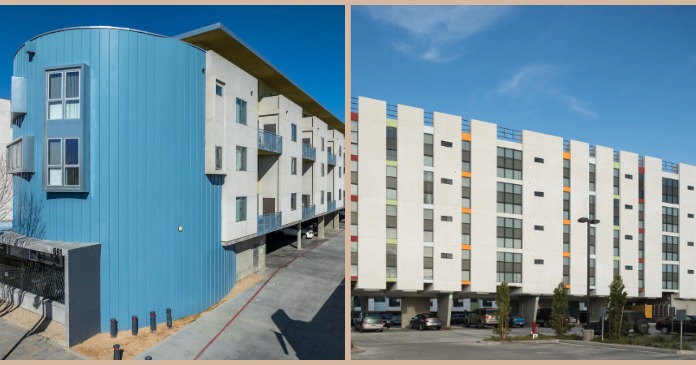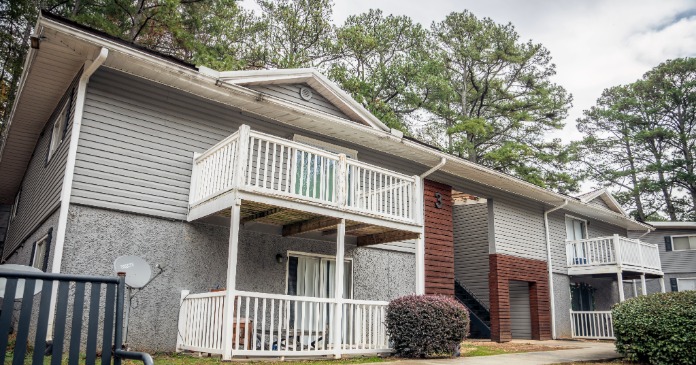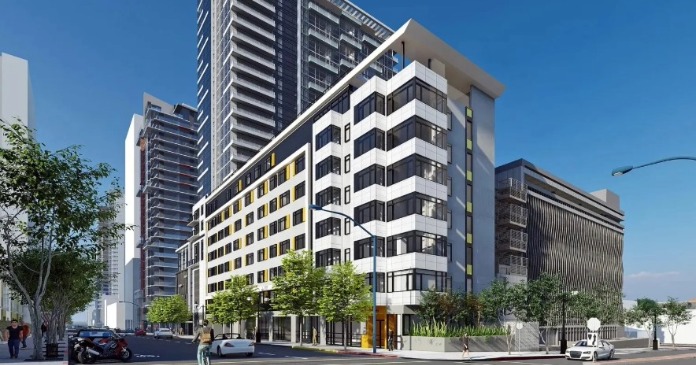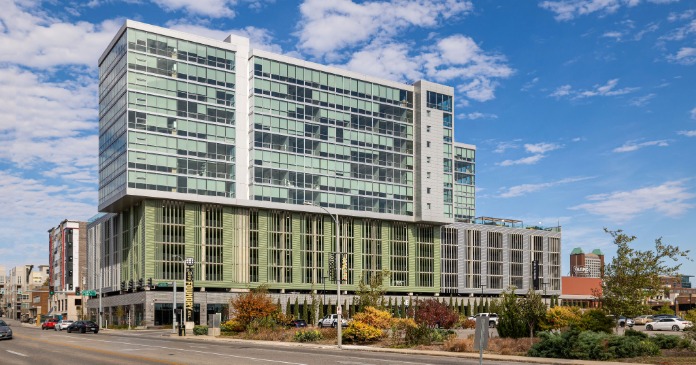The Urban Land Institute (ULI) recently released its biannual economic forecast for spring 2022. It generally has a more positive outlook for the economy and for the multifamily housing industry than did their last forecast of 6 months ago.
The report combined the individual forecasts of 47 economists and analysts into a consensus forecast for the US economy and real estate markets over the next three years. This summary focuses on parts of the report concerning multifamily housing.
Looking at the economy
The ULI report points out that the US economy’s real GDP grew by 5.7 percent in 2021 as employment grew by 6.7 million jobs. For 2022, the report forecasts real GDP growth of 3.2 percent and employment growth of 4.1 million jobs. The job growth is expected to finally raise employment to above its level from before the pandemic in 2022.
The report forecasts real GDP growth of 2.3 percent in 2023 and 2.1 percent in 2024. These rates are slightly above the average for the last 20 years. Unlike Fannie Mae’s most recent forecast, the ULI economic forecast does not call for a recession in 2023.
Employment is expected to grow by 1.9 million in 2023 and by 1.2 million in 2024. These levels are down from those of recent years but are still above the 20-year average of 1.0 million new jobs per year.
The report notes that inflation as measured by the consumer price index (CPI) in 2021 was 7.0 percent. The ULI economic forecast calls for inflation of 6.0 percent in 2022, 3.0 percent in 2023 and 2.5 percent in 2024. For comparison, the 20-year average of inflation as measured by the CPI is 2.3 percent.
The ten-year treasury rate is now expected to close out 2022 at 2.7 percent. It is forecast to rise to 3.0 percent in 2023 and remain at that level in 2024.
Focusing on apartments
Apartment vacancy rates, which had been around 4.1 percent prior to the pandemic, rose as high as 4.5 percent in 2020. In 2021, vacancies fell as low as 2.5 percent and the ULI forecast calls for them to rise only slowly in the next few years. Vacancy rates are now expected to be 2.5 percent in 2022, 2.7 percent in 2023 and 2.9 percent in 2024. Note that these vacancy rates are significantly lower than those reported by other sources such as Apartment List and the Census Bureau.
ULI reported that apartment rents rose by 13.4 percent in 2021. Their forecast calls for rents to rise by 7.5 percent in 2022, 5.0 percent in 2023 and 3.4 percent in 2024.
While the ULI economic forecast predicted single-family housing starts will be 1.20 million in 2022, 1.25 million in 2023 and 1.1 million in 2024, ULI did not provide a forecast for multifamily housing construction.
The business of apartments
The report included a projection for total annual returns on apartments as defined by the National Council of Real Estate Investment Fiduciaries (NCREIF). These returns have a 20-year average of 8.9 percent but fell to only 1.8 percent in 2020 before rebounding to 19.9 percent in 2021. ULI projects that total annual returns will fall to 14.0 percent in 2022, 9.0 percent in 2023 and 7.8 percent in 2024.
The ULI economic forecast also has projections for commercial real estate cap rates, transaction volumes and property price changes. However, these projections are for commercial property as a whole; apartments are not broken out as a separate asset class. The forecast is for cap rates in 2022 to remain at the 2021 level of 4.0 percent. Cap rates are forecast to rise to 4.3 percent in 2023 and to remain at the level in 2024.
In 2021, commercial real estate transaction volumes bounced back strongly from the low of $431 billion they reached in 2020. Transaction volumes finished 2021 at $846 billion, well above the 17-year average of $427 billion. Transaction volumes are forecast to be $800 billion in 2022, $725 billion in 2023 and $750 billion in 2024.
The full report also covers other commercial property types and the single-family housing market. It is available to ULI members at uli.org. The next ULI consensus economic forecast is scheduled to be released in October.













